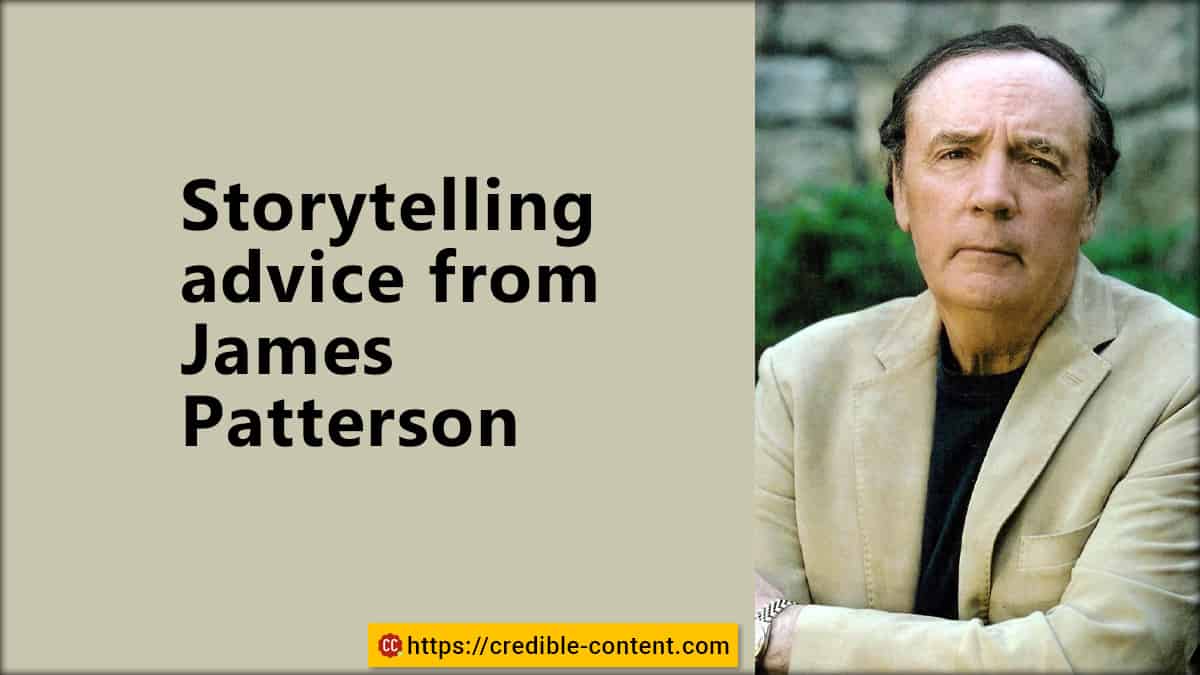James Patterson, according to this Forbes article, has sold more than 400 copies of his books.
Consequently, he knows a thing or two about storytelling.
Storytelling isn’t just important in books and stories, even marketing and advertising copiously use storytelling to hook the audience.
What is storytelling in content writing and copywriting?
Storytelling in content writing and copywriting means using a narrative to communicate a message instead of simply explaining the features and advantages of your products and services.
Storytelling helps your consumers understand why they should care about your proposition.
It is the story of customers and clients who have used your product and benefited from it.
It is a case study, but more conversational and interactive.
Something like,
Peter was quite frustrated with his current accounting software.
The situation was so bad that he was thinking of shutting down the business itself.
He was in a financial crunch.
Then he came across our cloud-based accounting software.
The benefit of storytelling is that people can immediately relate.
Reading stories is always more engaging than reading simple product descriptions and sales pitches.
How to hook your readers with storytelling
James Patterson, just like many other copywriters and storytellers, stresses on the importance of the first sentence.
The first sentence of your narrative is very important.
When you tell your story, it is your first sentence that hooks your reader.
He claims in one of the interviews that once he wrote his first sentence more than 40 times before finalizing on a sentence.
According to Stephen King,
An opening line (first sentence) should invite the reader to begin the story. It should say: Listen. Come in here. You want to know about this.
Even in the context of copywriting, the job of your headline is to encourage people to read your first sentence, and the job of the first sentence is to encourage people to read your second sentence
This goes on.
Hence, you can say that every sentence is important because every sentence prompts your reader to read the next sentence.
Don’t start your article or blog post with a long narrative.
In the first sentence itself, hook the reader.
A good approach is, immediately begin the story.
Make something happen.
Something like,
As Peter logged into our dashboard for the first time, a plethora of opportunities suddenly opened to him.
What were those opportunities?
What dashboard are we talking about?
Readers will be intrigued, and they will want to read further.
This isn’t meant to be a long post.
I just came across an interesting insight from James Patterson and felt like sharing it with my readers.

